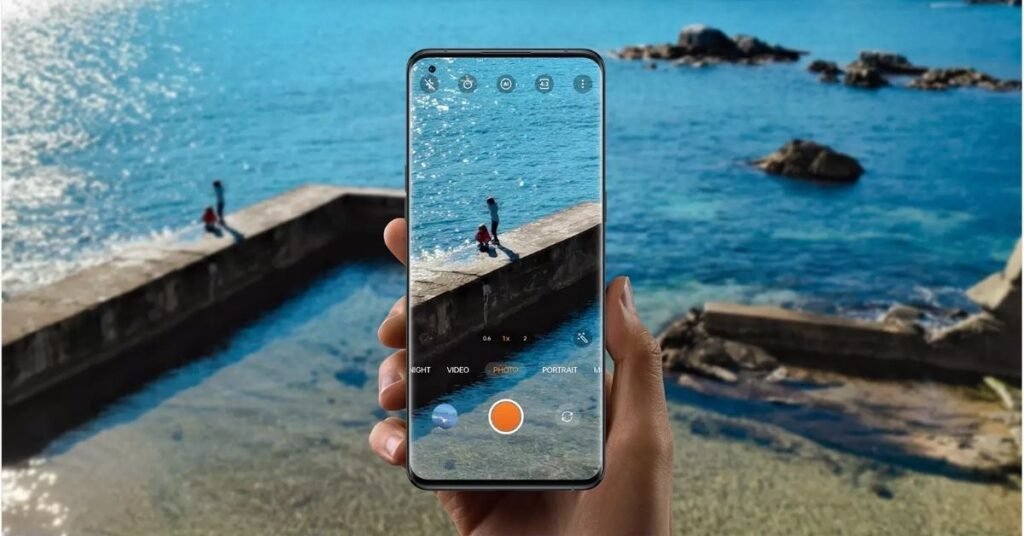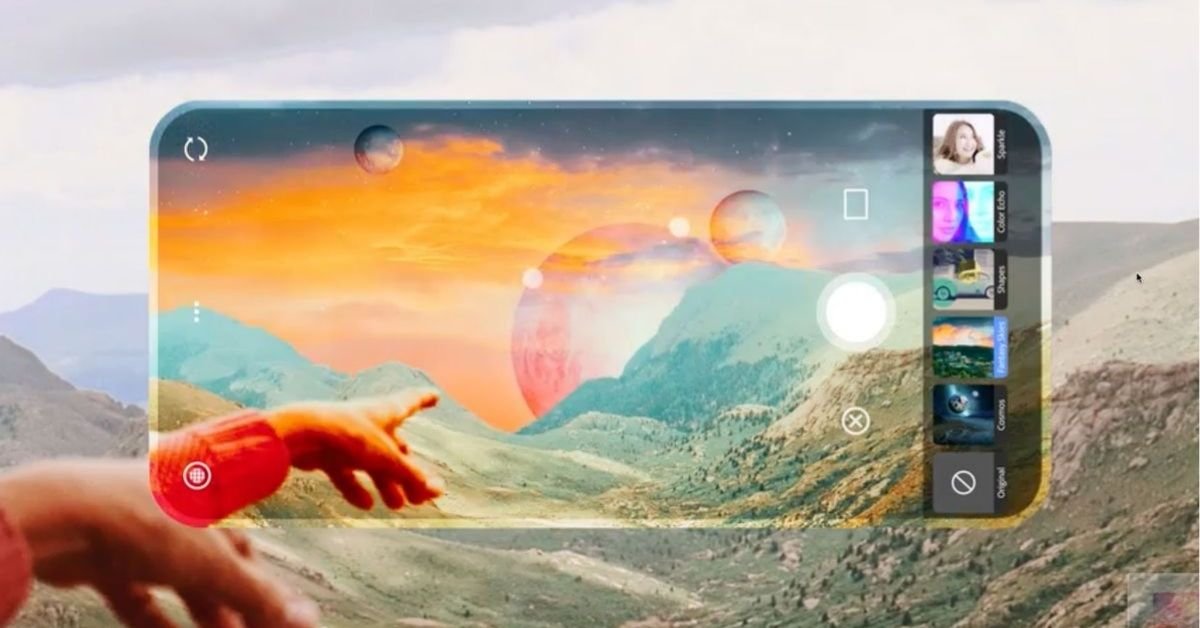In 2025, AI Smartphone Camera Systems are revolutionizing mobile photography, turning smartphones into professional-grade studios with unprecedented intelligence and precision.
Unveiled at global tech events in August 2025, these AI-driven systems are setting new benchmarks for image quality, low-light performance, and creative control.
Led by brands like Google, Samsung, and Apple, AI Smartphone Camera Systems are not just capturing moments; they’re redefining how we see the world.
AI-Driven Features and Technical Innovations
The latest AI Smartphone Camera Systems leverage advanced algorithms and hardware to surpass traditional cameras.
Computational photography, powered by machine learning, enhances images in real-time, with Google’s Pixel 9 Pro XL using its Tensor G4 chip to process 100 trillion operations per second for sharper, noise-free photos.
AI scene recognition now identifies over 10,000 object types, optimizing settings for everything from landscapes to pets. Low-light photography has evolved with AI-enhanced night modes, like Samsung’s Nightography 2.0 on the Galaxy S25 Ultra, which delivers vibrant colors in near-darkness using 200MP sensors.

Video recording benefits from AI stabilization, reducing shake by 60% compared to 2023 models, and real-time bokeh effects for cinematic depth.
These systems also integrate generative AI, enabling users to remove objects or enhance backgrounds seamlessly, rivaling desktop editing software.
Improvements Over Traditional Cameras
Compared to traditional smartphone cameras, AI Smartphone Camera Systems offer dramatic advancements. Legacy cameras relied heavily on manual settings and post-processing, often struggling with dynamic range and low-light clarity.
AI systems, however, use multi-frame processing to combine dozens of exposures instantly, delivering HDR images with 30% better color accuracy, per DxOMark tests. Autofocus speed has improved, with Apple’s iPhone 16 Pro achieving 0.02-second focus lock via AI-driven LiDAR integration.
Unlike older systems limited to basic filters, AI cameras now offer contextual editing. Google’s Magic Editor, for instance, can reconstruct missing image elements using generative fill. These improvements make professional-grade photography accessible without specialized skills or equipment.
Leading Brands and Models
Google, Samsung, and Apple are at the forefront of AI Smartphone Camera Systems. The Google Pixel 9 Pro XL, launched in July 2025, tops DxOMark rankings with its 50MP main sensor and AI-powered Real Tone technology, ensuring accurate skin tones across diverse lighting.
Samsung’s Galaxy S25 Ultra, with its 200MP ISOCELL HP3 sensor and AI Zoom, offers 100x digital zoom with minimal quality loss, a leap over 2024’s 50x limit.
Apple’s iPhone 16 Pro introduces Cinematic Mode 2.0, using AI to adjust focus dynamically during 8K video recording.
Emerging players like Oppo, with its Find X8 Pro, integrate Hasselblad-tuned AI algorithms for studio-like portrait lighting. These models are driving consumer excitement and setting industry standards.
Industry Reactions and Market Impact
The debut of AI Smartphone Camera Systems has sparked enthusiasm across the tech world. “These AI cameras are closing the gap with DSLR systems, making high-end photography democratic,” says Lisa Holloway, a professional photographer and tech reviewer.
Industry analysts predict a 25% surge in premium smartphone sales by 2026, driven by camera innovations, with IDC forecasting that 60% of smartphones sold in 2025 will feature AI-enhanced cameras.
The photography market is also shifting, as compact cameras lose ground, sales dropped 15% in 2024, per CIPA data, while smartphones capture professional and amateur markets alike.
Social media platforms like Instagram are seeing a 40% increase in high-quality uploads, fueled by AI camera capabilities.
Expert Opinions on the Future
Experts see AI Smartphone Camera Systems as a transformative force. “AI is turning smartphones into creative powerhouses, but we must ensure accessibility across price points,” says Dr. Priya Sharma, a tech innovation professor at Stanford.
She highlights potential applications in telemedicine, where AI cameras could aid in remote diagnostics with high-resolution imaging.
However, concerns about over-processing, where images appear artificial, prompt calls for user-controlled AI settings.
Analysts predict that by 2030, AI Smartphone Camera Systems will integrate with augmented reality (AR) glasses, enabling real-time 3D scanning and immersive content creation, further blurring the line between smartphones and professional gear.

Challenges and Considerations
Despite their promise, AI Smartphone Camera Systems face hurdles. High computational demands increase power consumption, with some models draining batteries 20% faster during intensive photo tasks.
Privacy concerns arise from AI’s reliance on cloud processing, raising risks of data breaches. 2024 saw a 10% rise in smartphone-related cyberattacks. Cost is another barrier; premium AI camera phones start at $1,200, limiting access for budget-conscious consumers.
Manufacturers are addressing these issues with on-device AI processing and more efficient chipsets, but scaling remains a challenge.
A New Lens on the Future
The launch of AI Smartphone Camera Systems in 2025 marks a turning point for mobile photography, blending cutting-edge technology with creative freedom.
As Google, Samsung, and Apple push the envelope, these systems are empowering users to capture professional-grade images and videos effortlessly. While challenges like cost and privacy persist, the trajectory is clear:
AI Smartphone Camera Systems are not just enhancing smartphones; they’re revolutionizing how we document, share, and experience the world, setting the stage for a visually stunning future.
AI systems can analyze digital photos captured by drones, agricultural robots, or farmers using a basic smartphone camera to identify pests and provide practical guidance to agricultural workers on how to stop their spread, care for afflicted plants, or lessen the harm done. pic.twitter.com/mnZ1o6piJa
— Agricdemy (@Agridemy) August 8, 2025
Also Read: Revolutionary Smartphone Foldable Display Technology Unveiled

Abdul Basit is a US-based tech writer who covers Apple innovations, Tesla’s EV growth, AI breakthroughs, smartphone trends, and app reviews for global readers.
